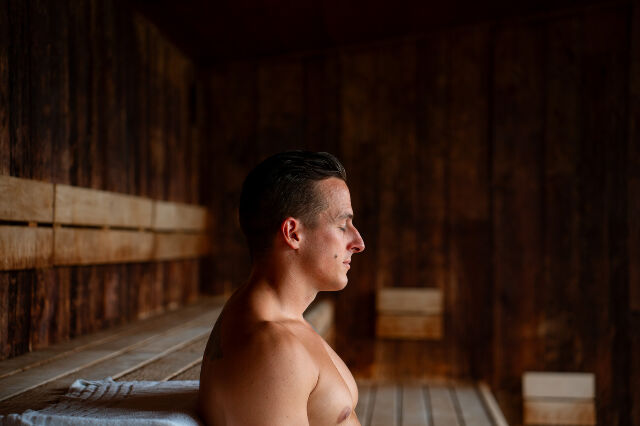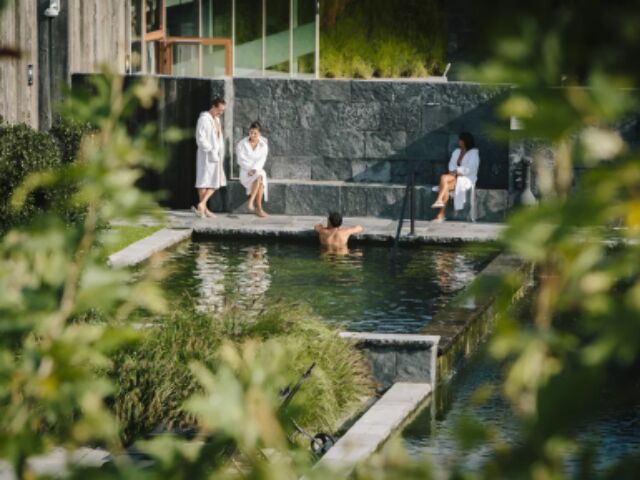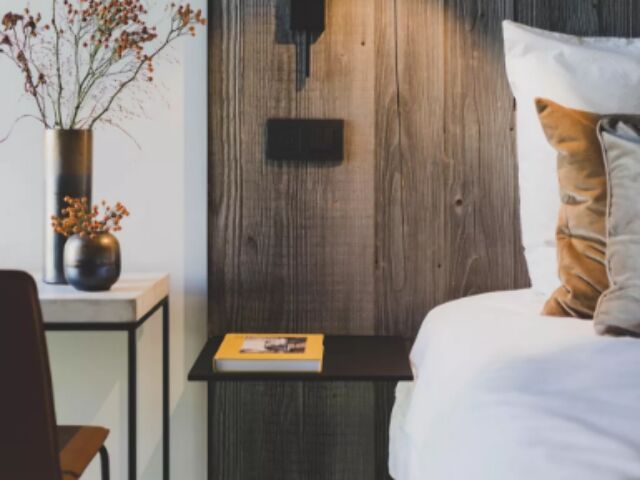The secret to a long life? Slow down: the science of slowing living
We live in a world where haste is the norm. Our days are filled with appointments, notifications, and obligations, and before we know it, we’re already on to the next thing. According to the World Health Organization, more than 60% of people experience stress daily. It’s no wonder the number of burnouts keeps rising.
Yet, growing scientific research shows that slowing down truly pays off. Those who consciously choose a slower pace and make more room for rest give both body and mind a chance to recover

Why slowing down is so important
Slowing down means reducing stress, strengthening your immune system, and even increasing your life expectancy. So, taking it slow is not a luxury, but a conscious choice for your health. Research shows that chronic stress—caused by constant busyness and continuous stimuli—significantly increases the risk of cardiovascular disease, type 2 diabetes, and mental exhaustion. When you slow down, your body enters a restorative state. The parasympathetic nervous system is activated, which promotes rest, digestion, and recovery.
People who regularly slow down consciously sleep more deeply, experience less inflammation in the body, and feel mentally more resilient. A slower life not only contributes to a sense of inner peace but also works preventively for both physical and mental health
The neurology of slowing down
Our brains also benefit from slowing down. Neuroscientists speak of the default mode network (DMN)—a brain network that becomes active when we daydream, walk, or simply “do nothing.” This network is essential for creativity, memory processing, and emotional balance. Regularly allowing access to this state—such as through a quiet walk or a mindful moment at the spa—helps clear mental noise and strengthen cognitive flexibility.

Blue zones: 5 areas where people live significantly longer
An inspiring example of what a slower life can bring is found in the so-called Blue Zones. These are five regions where people live significantly longer and remain healthy well into old age. The five regions are: Okinawa in Japan, Ikaria in Greece, Sardinia in Italy, Nicoya in Costa Rica, and Loma Linda in California. What these places have in common is a lifestyle centered around rest, simplicity, and connection. The residents live according to a natural rhythm, take conscious breaks, and experience little hurry. This slow way of living turns out to be one of the keys to their remarkably high life expectancy.
What you can do today
Living slowly doesn’t require drastic changes, just small choices. Put your smartphone aside for an hour. Eat without distractions. Breathe in and out consciously. And most of all: give yourself time. Time to feel. Time to be.
At Waer Waters, we believe that slowing down is a form of self-care. In our wellness center, your body and mind are given the chance to slow down, recover, and return to balance.
Sources
- McEwen, B. S. (2006). Protective and damaging effects of stress mediators: central role of the brain. Dialogues in Clinical Neuroscience, 8(4), 367–381.
- Buckner, R. L., Andrews-Hanna, J. R., & Schacter, D. L. (2008). The brain's default network: anatomy, function, and relevance to disease. Annals of the New York Academy of Sciences, 1124(1), 1–38.
- Buettner, D. (2010). The Blue Zones: Lessons for Living Longer From the People Who’ve Lived the Longest. Washington, D.C.: National Geographic Books




